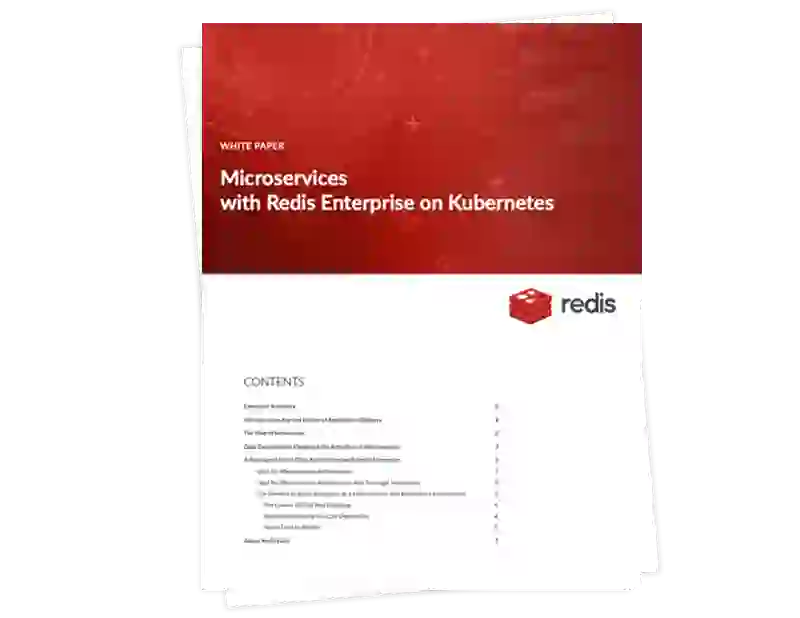Stop testing, start deploying your AI apps. See how with MIT Technology Review’s latest research.
Download now

White Paper

Companies such as AirBnB, Disney, Dropbox, GE, Goldman Sachs and Twitter have seen development lead times slashed by as much as 75% through the use of Microservices (source). With results like that, it’s easy to see why microservices have gained traction.
Despite all the advantages that these modern architectural patterns and technologies deliver, there is a cost. Building microservices-based applications require rethinking of the data architecture, yet there aren’t any clear guidelines on what data questions to ask when building cloud-native applications. A discussion about data often leads to more questions than answers.
Microservices have become a popular architectural style for building cloud-native applications that are self-contained, independently deployable, resilient and quickly evolve. Container technology has become the basic deployment unit for modern applications allowing software to be packaged into lightweight, isolated bundles. Kubernetes is evolving as the de-facto standard for container orchestration. These technologies and architectural patterns are designed to speed up development and deployment cycles, and improve maintainability of applications.
If you’re adopting a microservices architecture as a part of your application modernization effort or digital transformation journey, you’ll want to first understand typical data problems you’re likely to encounter, and how to overcome them. For example:
Read this paper to learn about the top data challenges inhibiting the adoption of microservices, and how to master the inherent challenges of a highly distributed application environment.
You will also receive a link to this document at the email address you provided. Browse additional resources from our library of Case Studies, Benchmarks, and more!